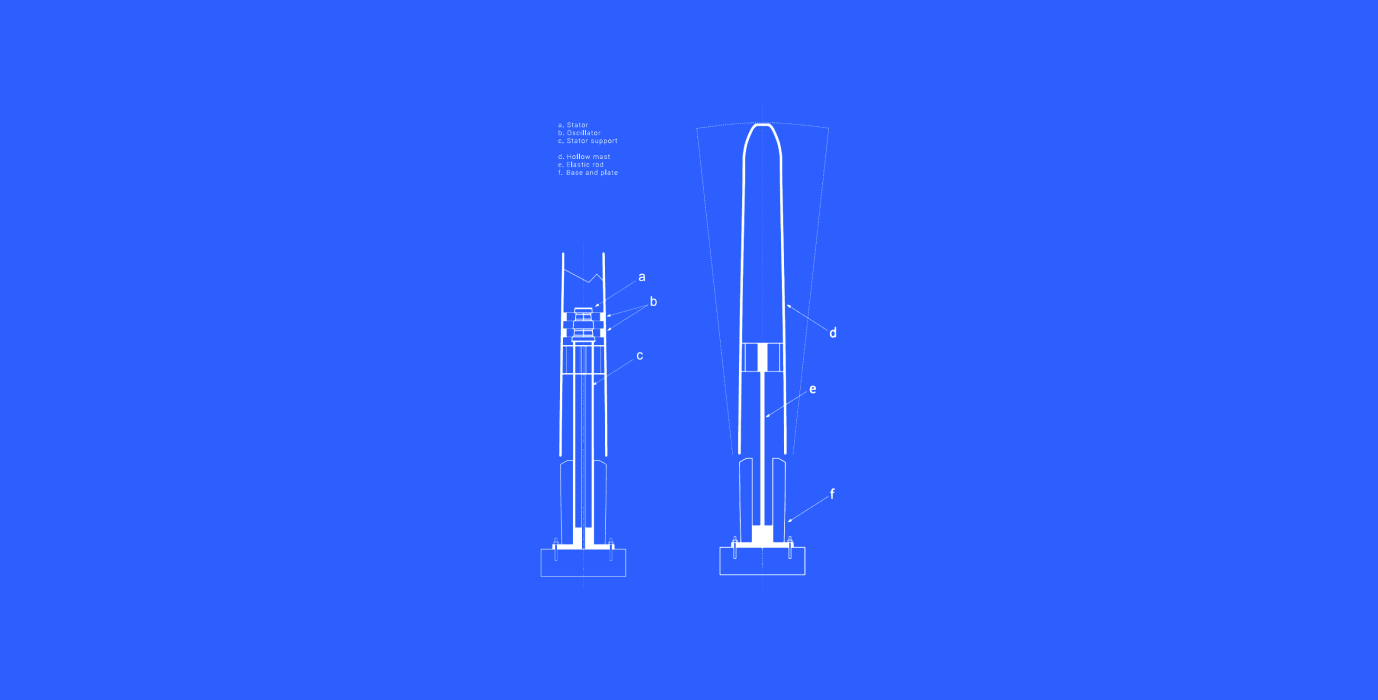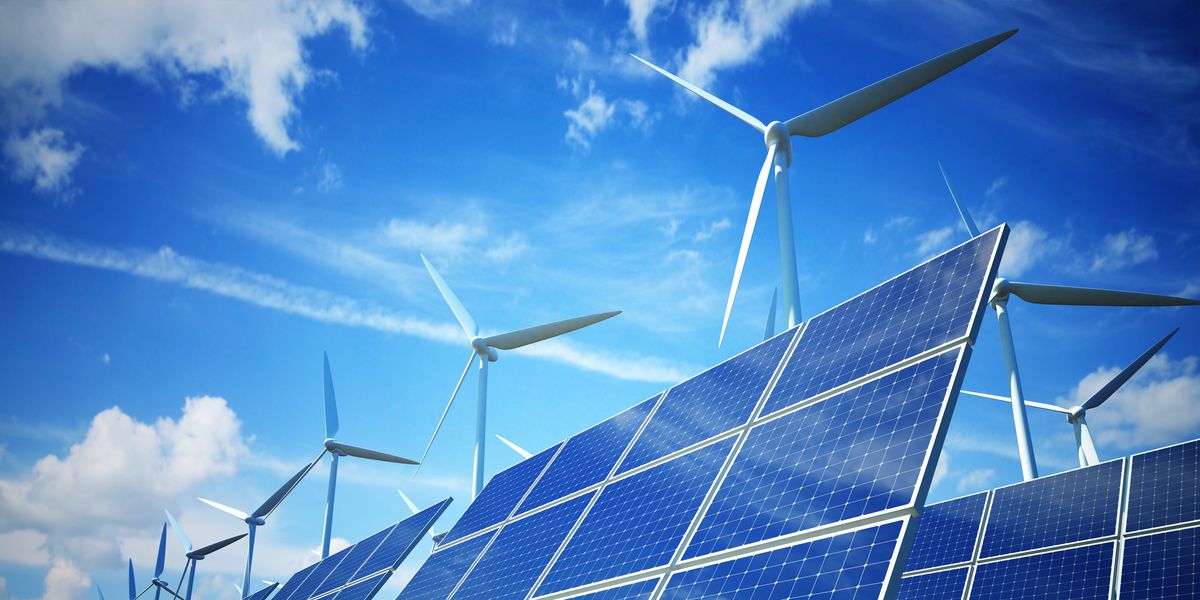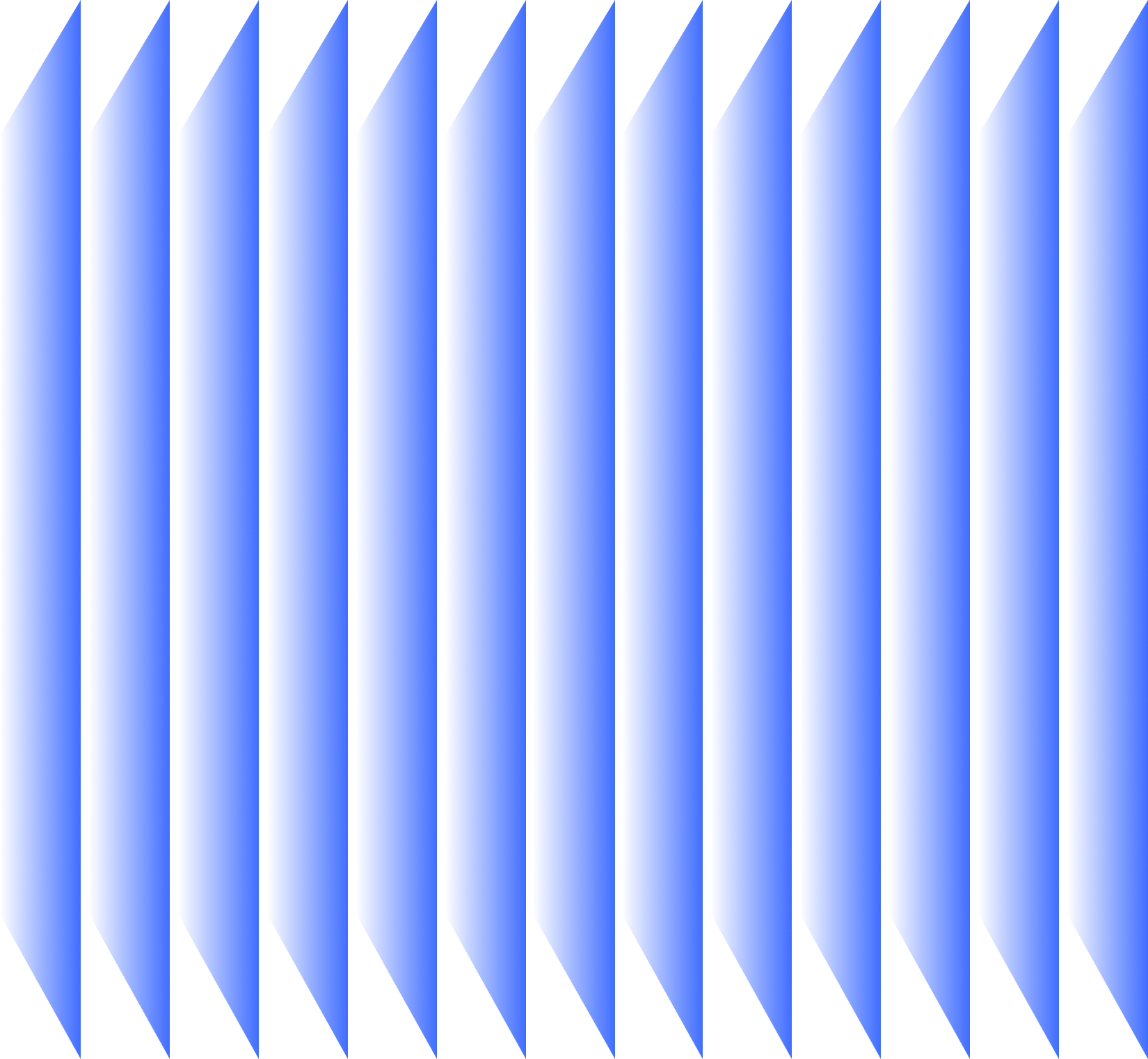Energy for the 21. Century
There can be no doubt about the growing importance of energy and its resources, and the implications of its use for the future of humanity. Starting with energy needs, available resources and environmental impacts. With the utmost factualness, we select the possibilities of renewable (solar, wind) and non-renewable (natural gas) energy sources, including the realistic limits of energy savings in different variants of the future development of human society.
We select new innovative ways and combinations of multiple energy sources and create hybrid energy systems including cogeneration, which will increase the efficiency of energy and heat production and supply many times over. We apply innovative and smart solutions.

HOW DOES IT WORK? What solutions we have ready for it.
Building new nuclear power units is hugely expensive, slow and, with few exceptions, there have been virtually no new projects in this area in Europe in the last two decades and it is unrealistic that this technology will make any significant progress in the next few decades in a way that can effectively impact the growth in energy demand.
There is therefore a need to meet power needs now through other sources and means. Although gas is not a renewable source of energy, it is available and new deposits of it are being found virtually everywhere in the world and it is a very benign source of power generation that will provide immediate energy output unlike conventional renewable energy sources.
01/03
COGENERATION SYSTEMS – Combined Heat and Power (CHP) Systems
Energy efficient technology that generates electric power and captures the heat that would otherwise be wasted to provide useful thermal energy—such as steam or hot water that can be used for space heating, cooling, domestic hot water and industrial processes.
Gas generator sets can simultaneously provide electricity for electrical loads and heat energy for a facility's thermal requirements. Any Cat natural gas-fuelled engine can be configured specifically for applications involving heat recovery.
Where grid electricity and natural gas boilers often provide less than 50 percent efficiency, cat® combined heat and power (chp) projects offer additional benefits:
Energy efficiency up to 90 percent
Cheaper relative to separate heat and electrical generation systems
Lower emissions than separate heat and electrical generation systems
Leadership in Energy and Environmental Design (LEED) certification available via energy efficiency credits
HOW DOES COGENERATION INCREASE EFFICIENCY?
Nearly two-thirds of the energy used by conventional electricity generation is wasted in the form of heat discharged to the atmosphere. Additional energy is wasted during the distribution of electricity to end users. By capturing and using heat that would otherwise be wasted, and by avoiding distribution losses, CHP can achieve efficiencies of over 80 percent, compared to 50 percent for typical technologies (i.e., conventional electricity generation and an on-site boiler).
Chp is more efficient than traditional electrical and heating methods.
It saves on heating and electricity costs, and it releases.
Less harmful greenhouse gas emissions into the environment.

MOST COMMON COMBINED HEAT AND POWER SYSTEMS AND TECHNOLOGY
Combustion turbine or reciprocating engine CHP systems
Burn fuel (natural gas, oil, or biogas) to turn generators to produce electricity and use heat recovery devices to capture the heat from the turbine or engine. This heat is converted into useful thermal energy, usually in the form of steam or hot water.
Steam boiler with steam turbine
The process begins by producing steam in a boiler. The steam is then used to turn a turbine to run a generator to produce electricity. The steam leaving the turbine can be used to produce useful thermal energy. These systems can use a variety of fuels, such as natural gas, oil, biomass, and coal.
CHP IS USED IN OVER 4,400 LARGE BUILDINGS AND FACILITIES NATIONWIDE, INCLUDING:

Commercial buildings
Office buildings, hotels, health clubs, nursing homes

Residential
Condominiums, co-ops, apartments, planned communities

Institutions
Colleges and universities, hospitals, prisons, military bases

Municipal
District energy systems, wastewater treatment facilities, K-12 schools

Manufacturers
Chemical, refining, ethanol, pulp and paper, food processing, glass manufacturing
02/03
BLADELESS WIND ENERGY

Bladeless wind energy is a diametrically new way of wind power for a wide range of applications.We rely on different physics than regular wind power, giving as result very distinct characteristics and new possibilities. We aim to offer a new wind alternative from consumer level to big wind parks.
Structure & operation
Bladeless devices are quite simple in concept and allow for an easy manufacturing, installation and operation. There is a fixed base and a cylindrical mast that oscillates freely perpendicular to the wind direction, jointed by a carbon rod. Inner parts never collide with each other, but interact to generate electricity.
Energy harness
When wind passes aroud a structure, vortexes of pressure are created.The frequency of bladeless units depends on the wind speed, and if the structure has a similar natural resonating frequency, it begins to oscillate and harness their energy. This phenomenon od aeroelastic resonance is called Whirl Shedding, and happens regularly in nature.
Energy conversion
Similar to a traditional alternator, our device gets an interaction between coils and magnetic fields, generating electricity by electromagnetic induction without need for rotation on a shaft nor a gearbox. The magnets also act as "Tuning System", modifying the apparent elasticity constant of the mast, thus widening the wind speed range in which oscillations happen.
Potential applications
Since our devices are low maintenance and harmless to wildlife (like solar panels), they open new horizons for wind energy in urban areas and protected areas.However, they can take advantage of the installation zones of regular wind power as well, so this tech can scale up to bring its own characteristics to large-scale production in classic wind parks or huge offshore.
03/03
Hybrid systems Wind & Solar Energy
To meet the day to day increasing load demand, conventional energy sources are no longer a viable solution as they are depleting rapidly. Solar, due to its dependence on sunlight, can produce power only during the day mainly between 8 am and 5 pm. Wind, on the other hand, usually is more during late evenings and reaches its peak at night.
Due to this complementary intermittent nature of wind and solar, power production can be leveled out throughout the day with a Solar-Wind Hybrid. With a hybrid, reliability of the grid is improved by ensuring peak power requirements are met.

Further, the objective of the policy is to optimize and improve the efficacy of the usage of transmission infrastructure and land, which in turn will mitigate inconsistencies associated with the generation of renewable power and help in attaining better grid stability.
The primary aspect of the hybrid plant is the configuration - AC or DC integration and the use of technology. The second important aspect would be related to sizing - which would depend on resource characteristics. In order to achieve the benefits of a hybrid model in terms of optimal and efficient utilization of transmission infrastructure and better grid stability by reducing variability in renewable power generation, in the locations where wind power density is quite good, the size of the Solar PVs capacity to be added as the Solar-Hybrid component could be relatively smaller. On the other hand, in the case of sites where wind power density is relatively low or moderate, the component of the solar PV capacity could be on the higher side.
Advantage of Wind Solar Hybrid Plants
Complementary resource characteristics
Wind and Solar energy resources are complementary on a diurnal basis, with peak wind times after sunset and before sunrise and peak solar times aligning with periods of lower wind resource.
Efficient use of land
To make efficient use of land between wind turbines which are duly spaced apart to avoid row effects.
Analogous technical processes
Both Wind and Solar rely on natural sources and can be integrated into common AC or DC output to feed into the local utility grid.
Cost efficiency from shared infrastructure
Shared data collection systems, O&M service facilities, asset management and common point of interconnection are beneficial for cost efficiency, especially for projects with higher capacities.
PASSION FOR SUCCESS with ANTHOLOGY, SE
We explore the rising importance of energy sources and their impacts on humanity's future. We meticulously select from both renewable and non-renewable energy sources.






